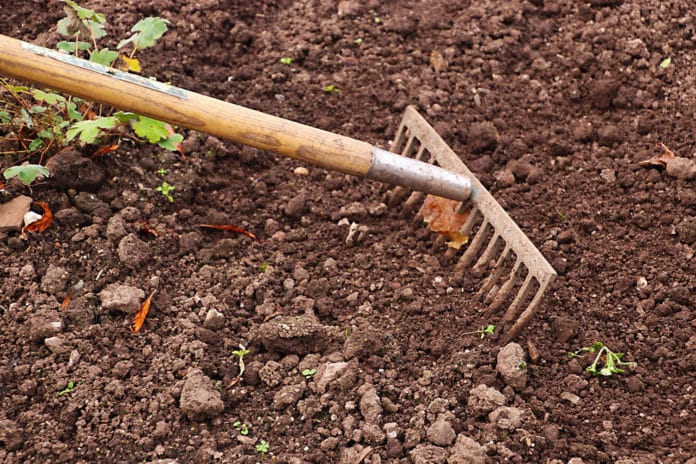Occasional changes in soil temperature and moisture sway microbial activities, thus sway soil carbon emissions and nutrient cycles.
Carbon is the power source for microbes. An increase in microbes leads to more consumption of carbons, prompting more carbon emissions and vice versa.
In a new study, scientists from San Diego State University found that microbial seasonality significantly impacts global carbon emissions. It is also a fundamental mechanism that controls regional-climate interactions and below-ground soil biogeochemistry.
Xiaofeng Xu, a global change ecologist and lead author, said, “When microbial colonies in the soil are in a productive phase, increasing in numbers and size, they will need more carbon to fuel their growth. When we manipulated the quantities and activities of soil microbes in simulations and observed the reciprocal changes in soil carbon, we found that when the seasonal variation was removed, microbial respiratory rates went down.”
Scientists also discovered a way to reduce carbon emissions by keeping the microbial population at a constant average level.
Scientists noted, “All of the lands could look at reducing fluctuation in soil microbial population by reducing tillage and other management practices to reduce soil carbon emissions. It can also help agricultural scientists and growers to sustain soil fertility.”
For the study, scientists used CLM-Microbe (Community Land Model) and deployed it on an SDSU supercomputer to reach this conclusion.
Xu said, “We know soil microbes drive carbon flux — the amount of carbon exchanged between land, ocean, and atmosphere — by producing enzymes that impact carbon flux. Soil carbon completes its cycle with the help of these microbes which have a hand in ultimate control of the carbon.”
“Different soil microbial groups play distinct roles in the carbon cycle.”
Liyuan He, first author and doctoral student at SDSU, said, “The model’s ability to simulate bacterial and fungal dynamics improves our understanding of the soil microbial community’s impact on the carbon cycle.”
“The finding advances soil microbial ecology and shows the ecological significance of microbial seasonality and our understanding of soil carbon storage under changing climate conditions.”
Scientists modeled and validated carbon fluxes observed at a different scale in nine natural biomes, including tropical/subtropical forest, temperate coniferous forest, temperate broadleaf forest, boreal forest, shrubland, grassland, desert, tundra, and wetland.
Chun-Ta Lai, co-author and an ecosystem ecologist at SDSU, said, “This study demonstrates the need to incorporate microbial seasonality in earth system models so we can better predict climate-carbon interactions.”
This study is published in Global Change Biology.
